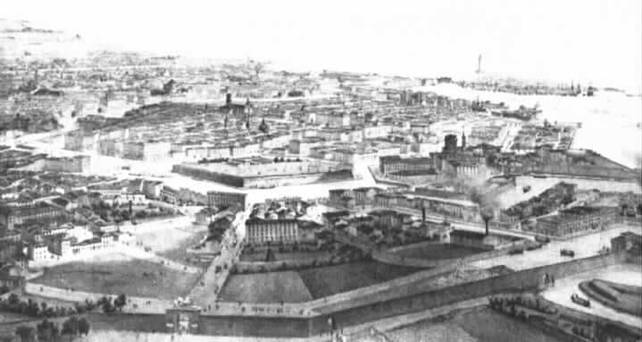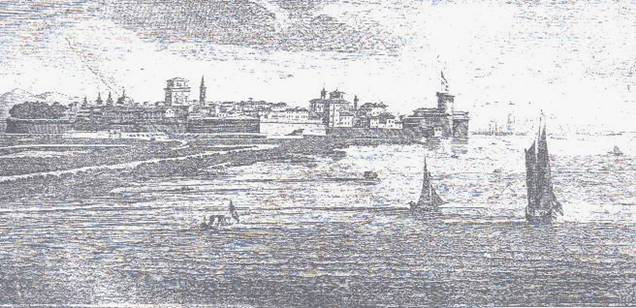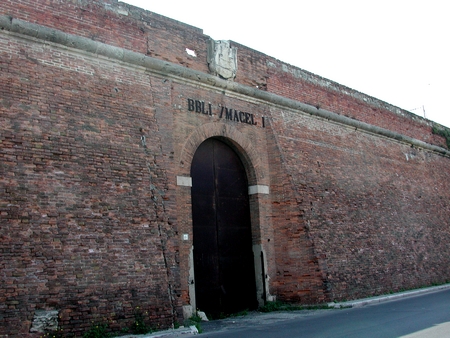
“Forte San Pietro de Alcantara”
Si narra che:
Fu costruito sotto il Granduca Cosimo III de’ Medici nel 1682 allo scopo di difendere dal mare il nuovo quartiere detto de “La Venezia Nuova”.
L’architetto fu il senese Santi e portato a termine dal figlio di Cosimo il principe Ferdinando. Con valide mura si riuniva alla Fortezza Nuova da una parte ed alla “Vecchia” dall’altra.
La prima pietra di quest’opera fu posta il 14 Agosto giorno del compleanno di Cosimo III in forma solenne dal governatore Marco Alessandro Dal Borro celebrò la Messa il preposto della Collegiata Andrea Franchi che benedì la pietra e con essa pose tre medaglie in oro, argento ed in bronzo, col ritratto del Granduca da una parte e le parole “Hetruscorum securitati propugnacolum 1682” dall’altra.
“Fort San Pietro de Alcantara”
It is said that:
It was built under the Grand Duke Cosimo III de ‘Medici in 1682 in order to defend the new district known as “La Venezia Nuova” from the sea.
The architect was the Sienese Santi and completed by the son of Cosimo, Prince Ferdinando. With valid walls it met the New Fortress on one side and the “Old” on the other.
The first stone of this work was placed on August 14, the day of Cosimo III’s birthday in solemn form by the governor Marco Alessandro Dal Borro, the provost of the Collegiate Andrea Franchi celebrated the Mass who blessed the stone and with it placed three medals in gold and silver and in bronze, with the portrait of the Grand Duke on one side and the words “Hetruscorum securitati propugnacolum 1682” on the other.

E una medaglia con l’effige di S. Pietro di Alcantara (1499-1562) frate spagnolo che nel 1555 fondò una congregazione di Francescani congregati. Nel baluardo furono scavate alcune buche da grano.
Il Forte di S. Pietro fu, con la Torre del Marzocco uno dei principali baluardi nella difesa di Livorno del 10-11 Maggio 1849. Come riporta il Martini: Le cannonate della Torre del Marzocco e del Forte non furono sparate al vento e ben può dirsi che se gli Austriaci pagarono a caro prezzo di sangue la facile conquista, dobbiamo ringraziare la onorata memoria dei bravi artiglieri che maneggiarono quei cannoni.
And a medal with the effigy of St. Peter of Alcantara (1499-1562) a Spanish friar who in 1555 founded a congregation of congregated Franciscans. Some grain holes were dug in the bulwark.
The Fort of S. Pietro was, with the Torre del Marzocco, one of the main bulwarks in the defense of Livorno on 10-11 May 1849. As reported by Martini: The cannon shots of the Torre del Marzocco and the Fort were not fired in the wind and may well to say that if the Austrians paid a high price in blood for the easy conquest, we must thank the honored memory of the good gunners who handled those guns.


